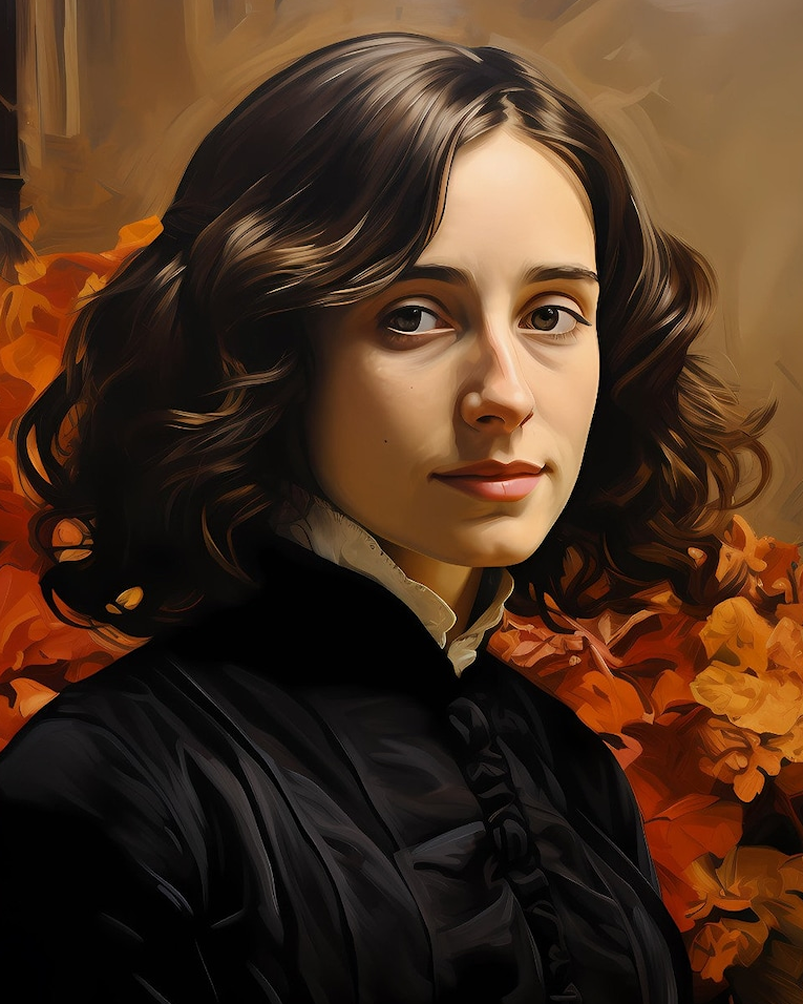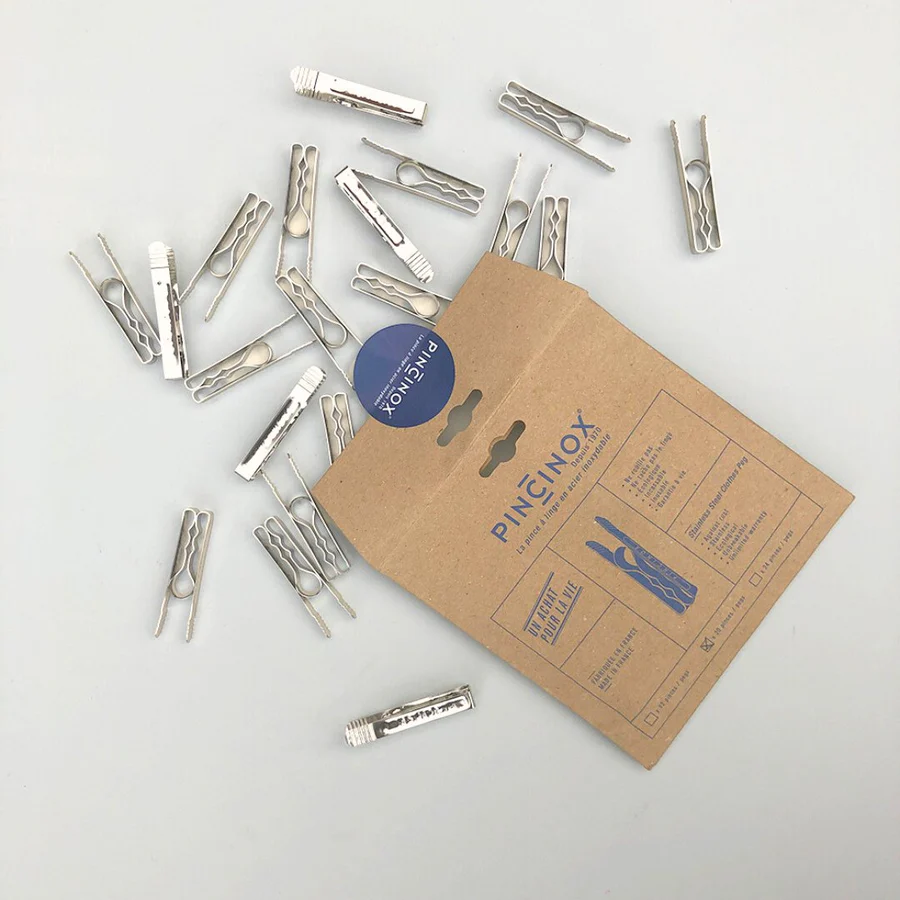Writer George Eliot – a Scandalous Life

Mary Ann Evans (better known as George Eliot) was one of history’s most scandalous writers. She is however known for her book Middlemarch, many describe it as one of the best novels of all time.
So why did her life shock so many people. For a start, she refused a loveless marriage, instead taking a partner who could not legally wed her, as he was married to someone else. This shocked both friends, family and society.
George Eliot’s Early Years and Writing
Born in 1819 in rural Warwickshire (near Nuneaton), she was a bookish child who studied languages, history and religion. After her mother died, she had to run the household, but still would read at every chance she got.
On moving to London as an adult, she worked with a publisher, and soon became editor of the Westminster Review. She also was so bright, she could translate religious works, and realising that it would difficult to publish as a woman, took her pen name of George to hide her gender (and keep her controversial life separate from her writing).
A Scandalous Life with George Henry Lewes
In 1851, she met George Henry Lewes through literary friends. Already in an open marriage (his wife had children with another man), She met George Henry Lewes in 1851 through literary friends. He was a sharp critic, witty and warm, and already married. His marriage to Agnes Jervis was open (she had four children with him, and another four with his friend?!) Forming a strong bond, Eliot and Lewes chose to live together out of wedlock, a bold move in Victorian London.
The couple lost friends and family, and newspapers hinted at their immorality. She was shut out from polite society, yet this did not seem to affect her work, as her writing thrived. They even travelled to Europe, where she wrote some of her finest books.
Challenges After Lewes’ Death
In 1878, Lewes died. Consumed with grief, she continued to edit his work, but her health declined. Just 2 years later, she married a banker (and old friend) John Walter Cross, who was 20 years her junior.
What happened next was beyond belief. On their honeymoon in Venice, John (consumed with depression) jumped from a hotel window into the Grand Canal. He survived, and they returned to London. But not long after, George died and is buried beside Lewes in Highgate Cemetery. John never married again, and died many years later age 84.
Challenging Social Norms Through Literature

Although George Eliot wrote some years after Jane Austen and the The Brontë sisters, their styles were very different. If you liked old-fashioned romance novels and the Christian faith, you likely preferred the latter and its romantic Regency life.
George was more a humanist-leaning feminist, and was seen as having views not in keeping with modern society. A bit like the 60s likely, when you either preferred The Beatles or The Rolling Stones!
It is a narrow mind, which cannot look at a subject from various points of view. George Eliot






